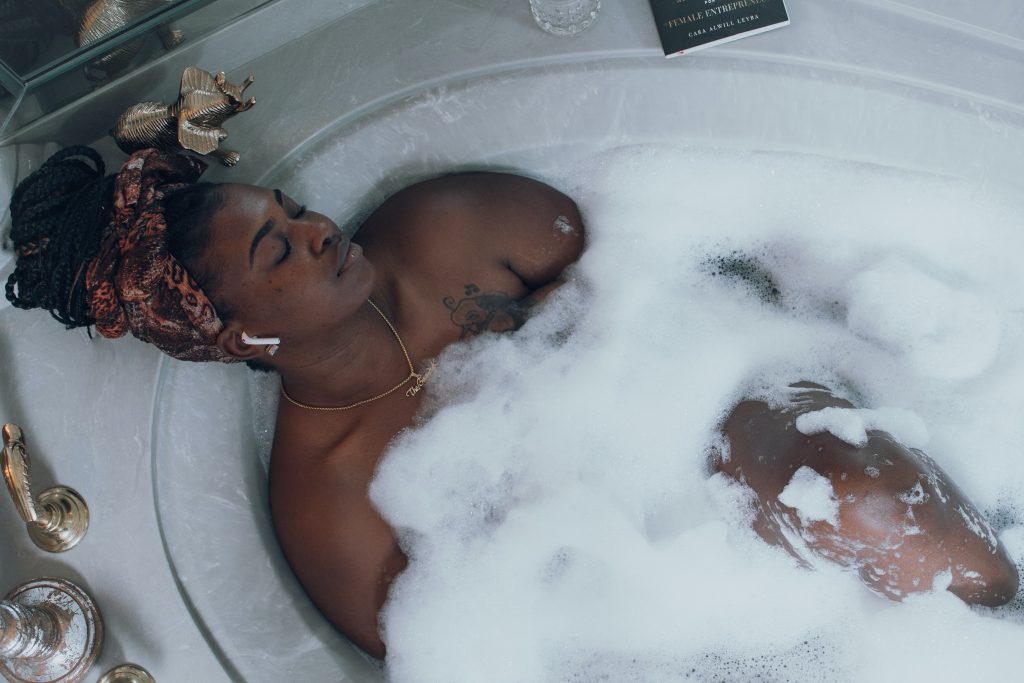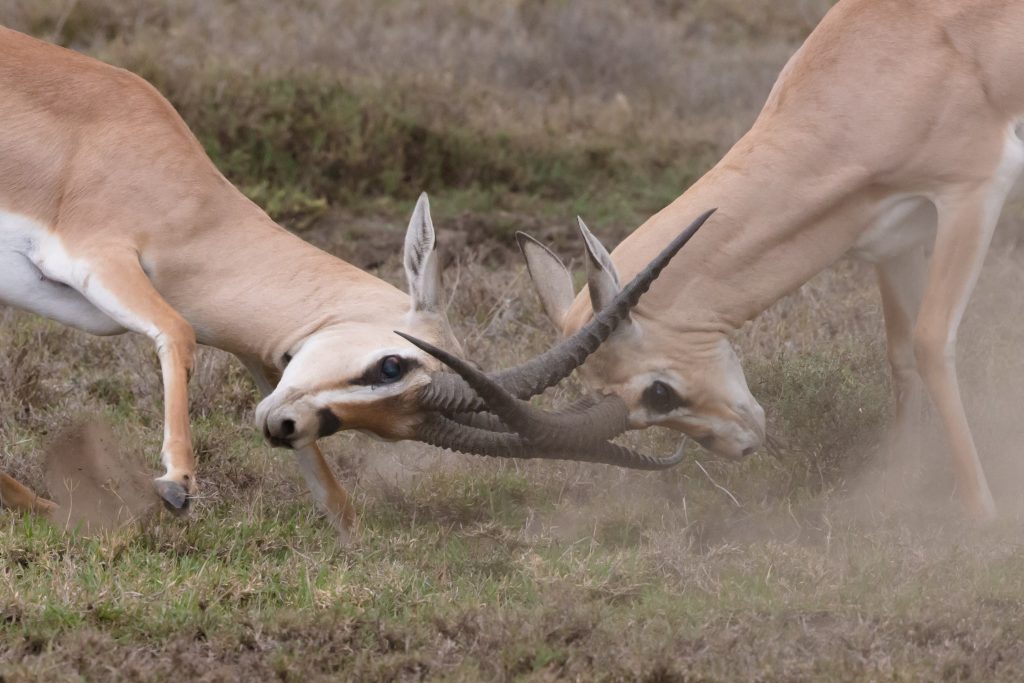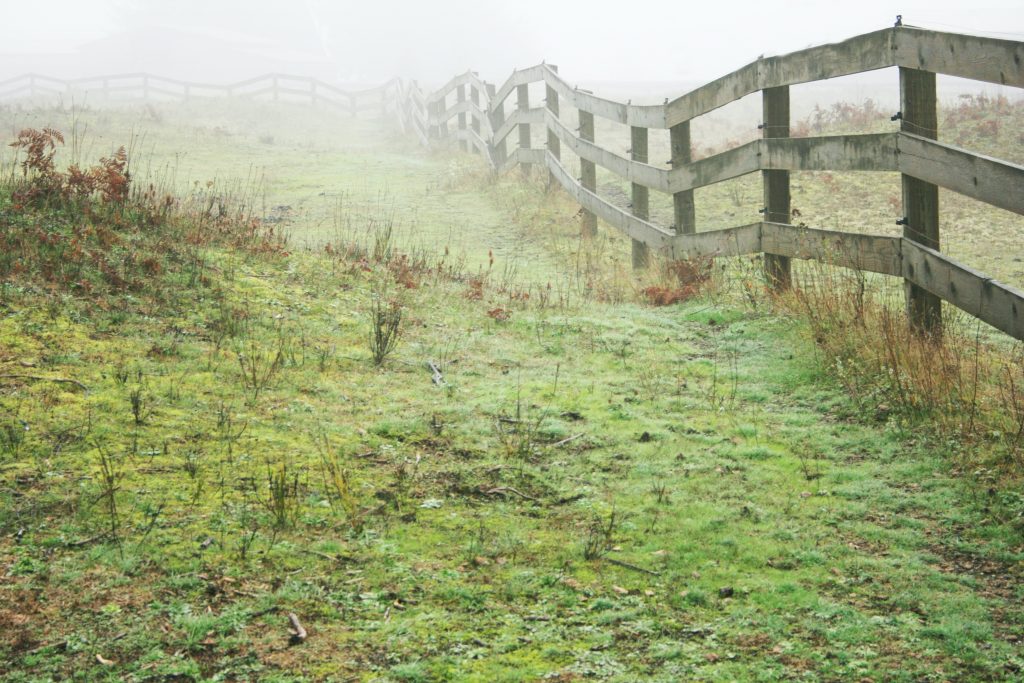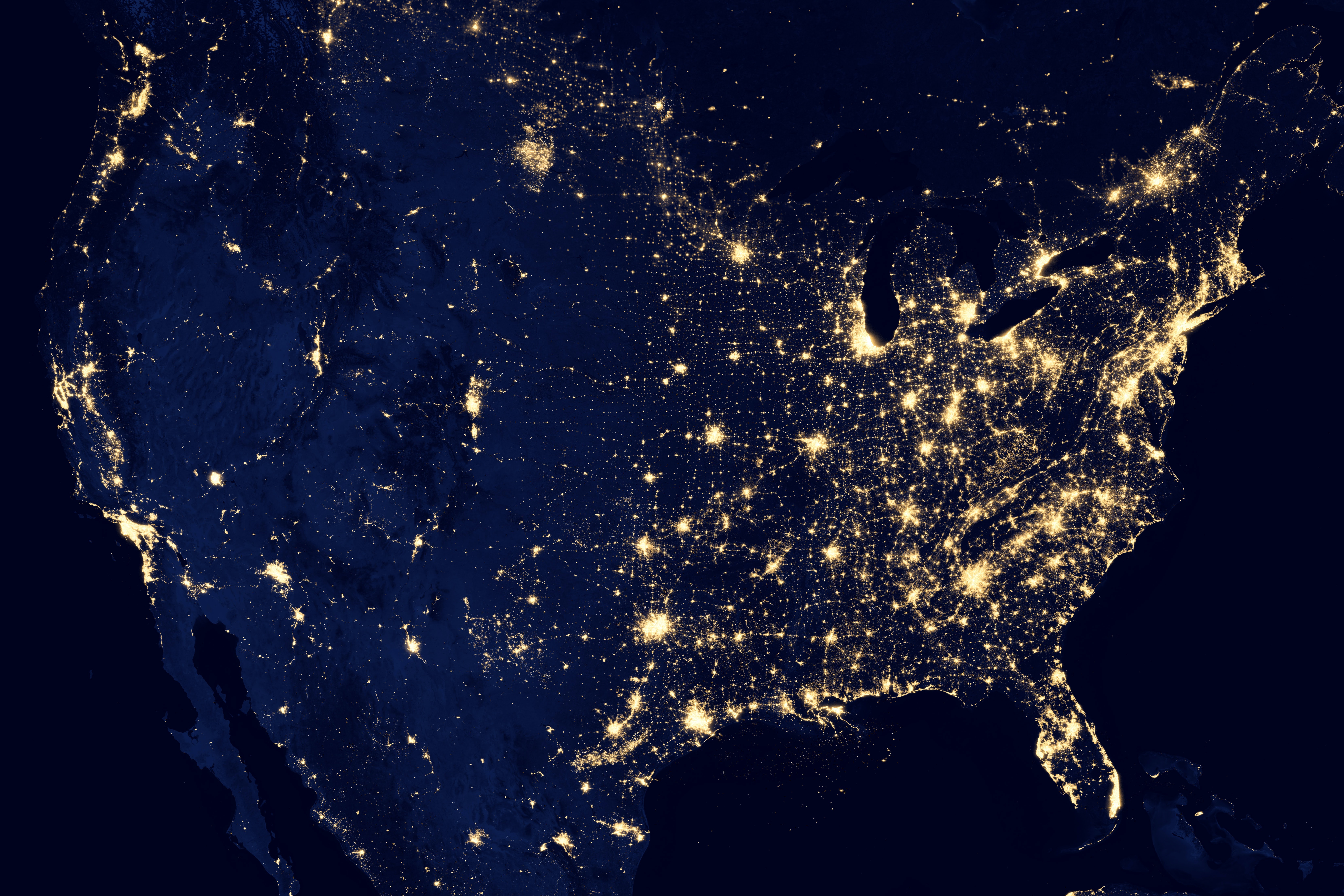I keep avoiding this—the blog, writing Internet things, self-expression.
Partially it’s because my writing energy has gone toward other projects.
The book I am working on is with the publisher and in the editing stage, and whenever I complete a major undertaking I find there’s a period of lostness, emptiness, and fallow creativity. I maintain a level of daily writing practice and the all-important social media self-promotion through making little contemplations every morning to post on my professional Instagram and Facebook. This has been a lovely practice of bringing together my therapist and spiritual selves—tuning into the planetary ruler of the day, listening to what it wants to “tell me,” and then creating a short contemplation that could easily scroll by someone’s feed and give them a moment of thought, connection, inspiration. It’s been a relief to hide a bit, revealing a tendency outside of myself rather than something within.
Partially it’s because I’ve been going through it since December on the personal level.
I am grieving some precious losses, regaining my strength in a body that is aging, navigating professional challenges. I am feeling more and more the weight of carrying an entire practice alone. I am overwhelmed by how much the conditions of my own country are changing so quickly and realizing that the dreams of my childhood were for a world that no longer exists. I am so blessed and privileged that it feels hard to complain about it. Parts of me get impatient with my own complaining. And yet when I go too long pretending I’m fine, a collapse is inevitable. So I must allow myself to complain and seek support. But to complain appropriately, to the people in my life who can support me, and not those whom I serve.
Partially, I have been avoiding this because I’ve been protecting my heart and that protection is making my heart cynical and shallow.
What I want to practice is an open, connected heart but still defended against danger and inhumanity. How that practice is showing up for me lately is to turn where I’m being led. If I want to go one direction but I’m being pushed in another, it works so much better to just let myself take the turn and go with the movement. This used to feel like some kind of weakness or sacrifice of will—I have to do it myself! And yet it seems just as often that turning where I’m led ends up introducing me to the opportunities I need. At the very least I’m not overwhelmed with struggle and able to remain clear, present, connected, soft.
Partially, I have been avoiding this because every time I sit to write I feel I am supposed to have a take on what is happening in the world.
I hear Sinead O’Connor singing, “These are dangerous days. / To say what you feel is to dig your own grave.” The past four years have done a number on my idealism and particularly on my sense of who I am and what role I play in the world. I burnt out on my white saviorism and fell into some cynical despair.
As someone who tends to affiliate with “politicized therapists” I have been in a time of re-reflecting how to be with politics in the therapy room.
I wouldn’t say the therapy room is or can be a space outside of politics, or depoliticized. And I feel so strongly that the therapy room is a space for us to be safe to explore every part of ourselves, and if there’s a strong political agenda in the room, that tends to shut down safety and exploration. So I feel more appreciative of the tradition of therapist as blank slate and conscious of the truth that it is impossible for me to be a truly blank slate. My parts of self are always with me in some capacity, carrying their unique blindspots and gifts, their perspectives of the world informed by my material conditions and history.
The challenge continues to be how to create opportunities for honest and courageous conversations in a way that allows for the emotional safety and care of my clients, whom I serve. Ongoing Internet discourse seems to be frustrated with the idea that the therapist is on the side of their clients, and probably those sharing those memes are imagining someone they’re really done with who’s ostensibly in therapy and not “getting” what they think the person should be “getting” and blaming the therapist for that.
And, sure. That’s always a problem. Maybe the therapist isn’t challenging the client on those issues and there are so many reasons that could be happening. The therapist may share that blind spot. The therapist may be wholly unaware of this problem because all we have to work with is what the client tells us. The therapist may be wholly aware of this problem and sensitive to the reality that coming at it with a direct confrontation could severely damage the relationship, and then the therapist has no leverage at all.
Sometimes it is wise to be patient, and wait, and wait until the client feels safe enough to begin to talk about a thing, and wait some more, and help them to be able to tolerate exploring their own ambivalence about their behavior, and help them to arrive at their own change. Sometimes it is wise to be direct and strike at the skillful moment of opportunity. There’s no law, no psychological test, no statistical model that gives us the knowledge of when and how this works. All we can do is be in the field of relationship, take risks, learn what happens, and use that information to guide future risks.
Here is where I’m coming to differentiate activism from therapy. Activism leans into strong, forceful declarations to get attention to their cause, take control of the narrative, and spur action. They have to state things in really strong, totalizing ways. Therapy leans into softness, curiosity, and the confusing terrain of nuance. We keep going deeper into the questions and exploring the roots of how things came to be framed in these terms. This distinction does not mean the two don’t coexist in the same body—there are activists with a therapeutic touch, and therapists who are activists. I draw this distinction to make sense of my own inner contradictions, my pulls to be aggressive and to be sensitive and nuanced.
So I will say what I feel I can say.
I have known and loved Jewish people my whole adult life, and I know that Jewish people in America are targets of anti-semitic words and actions, violence against synagogues, and bizarre and dehumanizing tropes. So many Jewish people in the US have friends or family in Israel, and so many Israeli people have horrific stories of witnessing or experiencing traumatic violence. It makes sense to me why there could be a longing in many Jewish and Israeli people for strong, ferocious protections, to hope for a land in which one could be safe from cultural and physical violence. What happened on October 7th was horrific by any measure, and it makes sense that a person from this perspective would see Hamas as nothing other than a clear and present danger that needs to be neutralized. It also does not make sense to me to speak of Israel as somehow an exceptionally evil or invalid state, when the Israeli state is doing no more or less than what my own country has done to make space for itself and safety and wealth for its citizens. Yet the USA is not spoken of as an “entity,” so I appreciate how that is anti-semitic.
I also know and support so many Jewish people who are critical of the actions of Israel, who see the state and military’s actions as genocidal and a tremendous overreach, who feel pinched between their family’s support of Israel, attacks on their own Jewish identity for being critical of Israel, anti-semitic attacks for being Jewish or being insufficiently critical of Israel in the eyes of largely non-Jewish left-wing people. It makes no sense to me to speak of “white supremacy” in regard to Jewish identity. Jewish people are of many racial lineages, and Jewishness itself has always been sort of white when it’s convenient for white people to consider them white, and then excluded from whiteness when there’s tension and upheaval.
I also feel so much for the Palestinian people whose lives are clearly treated as less valuable than those of Israeli people. The blockade, the bombings, the killing of thousands of non-fighting Palestinians for the sake of trying to get hundreds of combatants is horrifying. The slow encroachment of territory and displacement of those who lived there before is never going to be welcomed with understanding and compliance. These are the conditions that breed more terrorism. Netanyahu’s government has apparently supported Hamas as a convenient enemy to align with his political goals, much as the USA has for various terrorist groups we’ve ended up fighting over the decades. How on earth could one blame Palestinian people for being angry when their political and economic autonomy is curtailed and stripped? They are also deserving of safety, of autonomy, of a state that has their back—if any of us are “entitled to a state.”
I am located outside of all of these positions, someone who is a witness but also culpable because my taxes are funding what is happening. So I feel these tensions of not wanting to get into a mess while also being unable to step out of it. All of these tensions make sense and the people of that land need to find the resolutions that can restore peace. What makes sense to me today is to support a ceasefire, the USA ceasing to provide armaments to the world, and focusing any US intervention on humanitarian aid.
So now I have spoken all the things I’ve avoided, and I’m curious what will come next.








